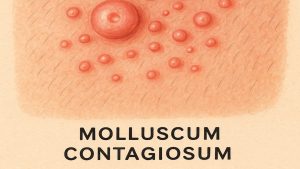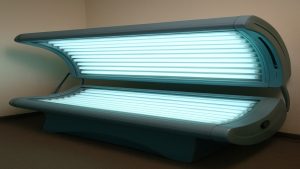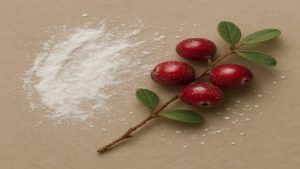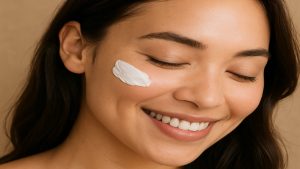- Ageing begins in the mid-20s as collagen declines
- UV damage drives up to 80% of facial ageing
- Fine lines appear by 30, wrinkles by 40s, fragility by 70s
- Monderma’s anti-ageing cream with tretinoin boosts collagen
- Protect with SPF 30+, retinoids, nutrition, and exercise
Skin ageing starts earlier than most expect, often in the mid-20s, and gradually progresses over time. While the process is natural, environmental and lifestyle factors can accelerate visible signs. Understanding these causes helps guide the best anti-ageing skincare choices, from daily sunscreen to prescription creams.
This guide explains what causes skin ageing, how to recognise its signs, and which evidence-based solutions may help improve texture, firmness, and tone.
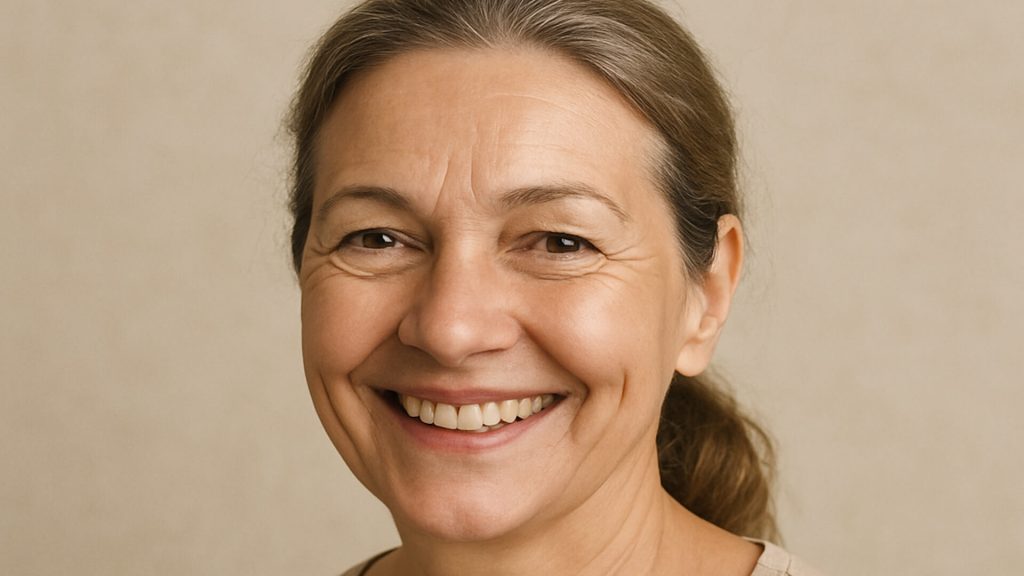
How And Why We Experience Ageing Skin
Ageing skin results from a combination of intrinsic and extrinsic factors. Intrinsic ageing refers to natural biological changes that begin in the mid-20s, when collagen and elastin production decline by about 1% each year [1]. Extrinsic ageing comes from external influences such as sunlight, pollution, and free radicals.
A large JAMA Dermatology study found that UV exposure accounted for around 80% of visible facial ageing in participants [2]. Over time, the skin becomes thinner, less elastic, and slower to regenerate. Hormonal changes and lifestyle habits also contribute, while lighter skin tones tend to show wrinkles earlier and darker tones more often develop uneven pigmentation [4,8].
Subtypes Of Ageing Skin
| Subtype | Description | Common Areas |
|---|---|---|
| Intrinsic Ageing | Natural, biologically driven changes | Whole body |
| Extrinsic Ageing | UV-induced or environmental ageing | Face, neck, arms, legs |
Table 1: Subtypes of ageing skin and commonly affected areas
Intrinsic ageing occurs in everyone, but genetics influence its pace. Extrinsic ageing varies more widely and is largely preventable. Sun-exposed areas typically show deeper wrinkles and more discolouration than protected skin [2,6].
What Causes Ageing Skin
The main driver of visible ageing is collagen loss. From the mid-20s, collagen and elastin production slow, reducing firmness and hydration [3]. Hormonal shifts, especially decreased oestrogen, further impact skin strength and moisture [8].
UV radiation, free radicals, smoking, and high-sugar diets accelerate this decline. Studies show that ultraviolet light alone causes up to 80% of premature skin ageing [2,9]. Lifestyle factors like smoking also stiffen collagen fibres and reduce elasticity [10].
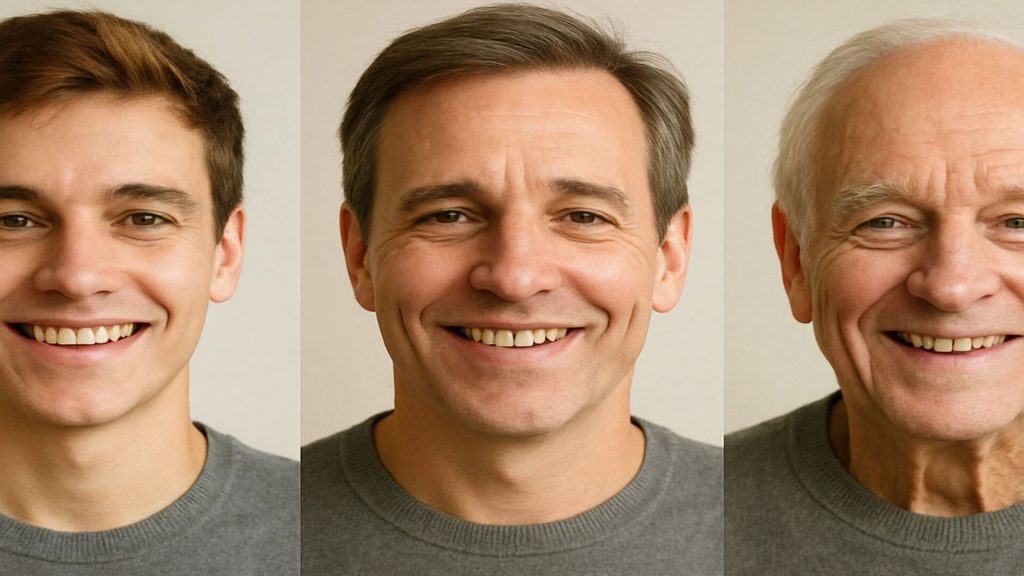
How To Spot Premature Ageing
Early signs of ageing often appear around the late 20s, progressing with each decade.
| Age | Signs | Typical Features |
|---|---|---|
| 25–30 | Early | Fine lines, mild collagen loss |
| 40s | Moderate | Wrinkles, reduced elasticity |
| 70+ | Advanced | Fragile, thin skin with deep folds |
Table 2: Age-related signs and typical features of premature ageing
By assessing photos or video, Monderma’s healthcare professionals can evaluate areas such as the face and neck, determining severity and providing tailored guidance.
Evidence-Based Treatments For Ageing Skin
Clinical research supports the use of topical retinoids, antioxidants, and sunscreen for maintaining youthful skin [12]. For mild cases, over-the-counter products may help. In more advanced cases, prescription-strength formulations offer greater impact.
Monderma’s personalised anti-ageing cream contains tretinoin, a well-studied retinoid shown to increase collagen and smooth fine lines. The treatment can be integrated easily into an existing routine to target wrinkles, uneven tone, and photoaged skin.
Monderma’s Personalised Custom Formula For Fighting Ageing Skin
| Ingredient | Strength | Description | Effect On Ageing Skin |
|---|---|---|---|
| Adapalene | 0.1–0.3% | Third-generation retinoid derived from vitamin A | Boosts cell turnover and smooths fine lines |
| Azelaic Acid | 3–20% | Anti-inflammatory compound derived from yeast | Reduces pigmentation and refines texture |
| Hydroquinone | 2–4% | Skin-lightening agent targeting melanin | Fades age spots and evens tone |
| Niacinamide | 2–4% | Vitamin B3 with antioxidant action | Strengthens barrier and supports elasticity |
| Tretinoin | 0.1–1% | Prescription retinoid | Increases collagen, reducing wrinkles and firmness loss [11,16] |
Table 3: Key active ingredients in Monderma’s custom anti-ageing formula
Common Complications
Without treatment, fine lines deepen and skin thins, making it prone to dryness and slower healing [14]. Sun damage can also cause persistent hyperpigmentation, which becomes harder to treat with age [15]. Fragile blood vessels may increase the risk of redness or rosacea flare-ups.
Practical Tips For Preventing Skin Ageing
- Use a broad-spectrum SPF 30 or higher every day, even in winter [13,17].
- Apply a retinoid or antioxidant serum at night to promote renewal [16].
- Eat a diet rich in whole foods, fruits, and vegetables.
- Limit alcohol, sugar, and smoking.
- Exercise regularly and aim for sufficient sleep.
Consistent, gentle care helps maintain firmness and hydration, while sun protection remains the single most effective anti-ageing measure.
Conclusion
Ageing skin reflects both natural biology and environmental exposure. While no treatment can stop the process, evidence-based skincare and lifestyle choices can slow it significantly.
Monderma’s personalised formulations combine prescription retinoids and antioxidants to help improve firmness, texture, and tone. Begin with a free online consultation to explore a tailored anti-ageing routine designed for your skin.
Content is for informational purposes only. Monderma treatments are prescribed following consultation. Results and timeframes can vary. Use as directed by your prescriber.
Bibliography
- Shuster S, Black MM, McVitie E. The influence of age and sex on skin thickness, skin collagen and density. Br J Dermatol. 1975;93(6):639-643.
- Flament F et al. Effect of the sun on visible clinical signs of aging in Caucasian skin. Clin Cosmet Investig Dermatol. 2013;6:221-232.
- Makrantonaki E et al. Identification of Biomarkers of Human Skin Ageing. PLOS One. 2012;7(11):e50393.
- Vashi NA et al. Aging Differences in Ethnic Skin. J Clin Aesthet Dermatol. 2016;9(1):31-38.
- Farage MA et al. Intrinsic and extrinsic factors in skin ageing: a review. Int J Cosmet Sci. 2008;30(2):87-95.
- Jeremian R et al. Skin photoageing following sun exposure. Br J Dermatol. 2024;190(4):590-592.
- Ganceviciene R et al. Skin anti-aging strategies. Dermatoendocrinol. 2012;4(3):308-319.
- Thornton MJ. Estrogens and aging skin. Dermatoendocrinol. 2013;5(2):264-270.
- Rabe JH et al. Photoaging: mechanisms and repair. J Am Acad Dermatol. 2006;55(1):1-19.
- Choi JY et al. Agents Targeting Advanced Glycation End-Products for Skin Anti-Aging. Antioxidants (Basel). 2025;14(4):498.
- Kligman AM et al. Topical tretinoin for photoaged skin. J Am Acad Dermatol. 1986;15(4 Pt 2):836-859.
- Ganceviciene R et al. Skin anti-aging strategies. Dermatoendocrinol. 2012;4(3):308-319.
- Young AR et al. Ultraviolet radiation and the skin: Photobiology and sunscreen photoprotection. J Am Acad Dermatol. 2017;76(5S):S100-S109.
- Ashcroft GS et al. Aging and wound healing response in a murine model. J Invest Dermatol. 1997;108(4):430-437.
- Vashi NA, Kundu RV. Facial hyperpigmentation: causes and treatment. Br J Dermatol. 2013;169(Suppl 3):41–56.
- Mukherjee S et al. Retinoids in the treatment of skin aging. Clin Interv Aging. 2006;1(4):327-348.
- Randhawa M et al. Daily Use of Broad-Spectrum Sunscreen Improves Photoaging. Dermatol Surg. 2016;42(12):1354-1361.
Find your perfect skincare formula
Takes less than 2 minutes – see what your skin needs
Get Custom Formula